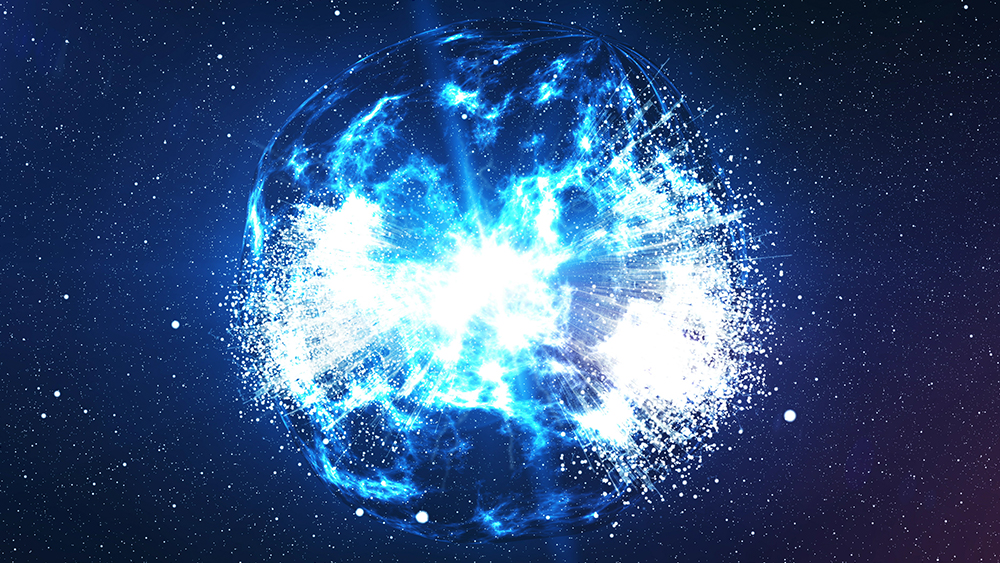In addition to black holes, nebulas, galaxies, and constellations, Hubble Telescope has been the most reliable tool for peering back in time and uncovering the mysteries of the universe. There is, however, one thing when considering the early stages of the universe that it cannot do. The period immediately following the Big Bang.

A new calculation has been made about the time when the first stars emerged.
In the event known as cosmic dawn, the First Ascension took place nearly 250,000,000 to 350,000,000 years after the Big Bang. Astronomers have calculated that they will be able to observe the birth of these first stars as soon as next year.
Could it happen as early as next year?
Sure! Possibly as early as 2022.
The James Webb Telescope, scheduled for launch later this year, could help astronomers observe how the first stars were formed through nuclear fusion at the beginning of the universe.
The universe came into existence around 13.8 billion years ago. However, for a few million years after the explosion, hydrogen gas that filled the expanse was heated up to such high temperatures that it induced fusion reactions and the first stars (like our Sun) developed.

An international team of astronomers used Hubble and Spitzer images to examine six of the universe’s most distant galaxies, whose light has taken almost its entire existence to reach us, according to a paper published in the Monthly Notices of the Royal Astronomical Society. These observations were combined with those from the Atacama Large Millimetre Array (ALMA), the European Very Large Telescope in Chile, and the Gemini South and twin Keck telescopes in Hawaii to calculate the distance of light travelling 13 billion years to reach us.
Rather than a coordinated explosion, astronomers believe that stars were born gradually over time. “We found that the ages of the six galaxies we looked at were slightly different, so they didn’t all switch on at once. We now eagerly await the launch of the James Webb space telescope. It has got seven times the light-gathering power of Hubble and extends further into the infrared, which is crucial for going back further in time,” Prof Richard Ellis at University College London told The Guardian.
James Webb Telescope To Find Cosmonic Dawn
We will be able to see the cosmos more clearly with the James Webb Telescope than with the vintage Hubble Space Telescope. Nasa had announced the telescope would launch on October 31. This unique understanding of the origins of the universe will be made possible once the system is up and running. “The telescope will examine every phase of cosmic history: from the first luminous glows after the Big Bang to the formation of galaxies, stars, and planets to the evolution of our own solar system,” Nasa said.

In addition to looking back over 13.5 billion years, the telescope will enable astronomers to compare the earliest galaxies to grand spirals and ellipticals, as well as peer right through massive clouds of dust, where stars and planets are being born.




